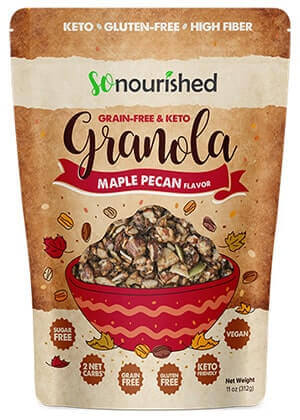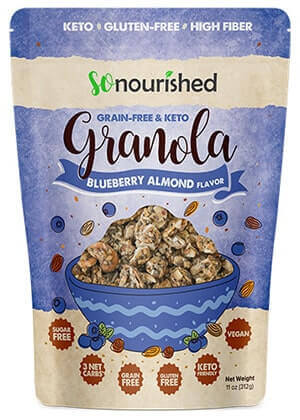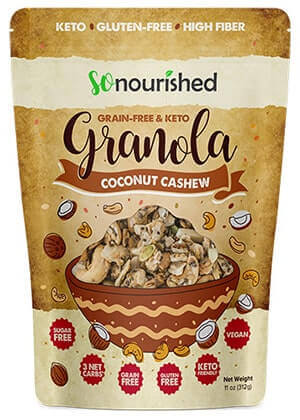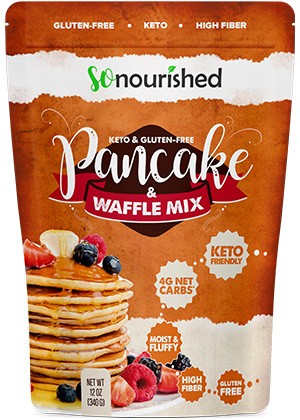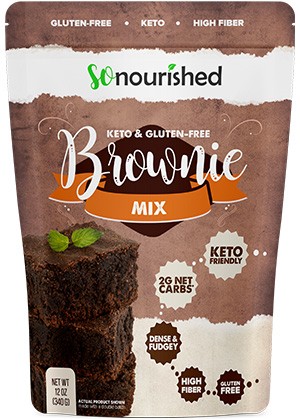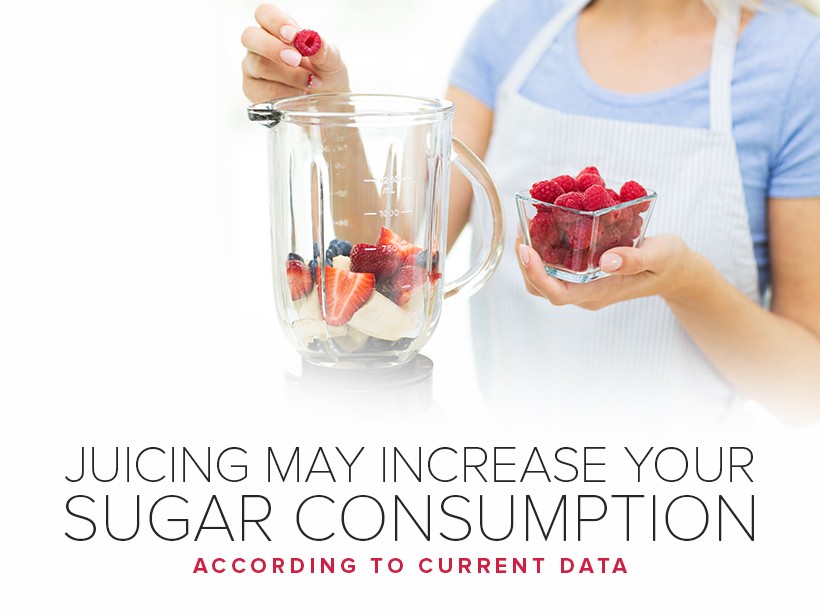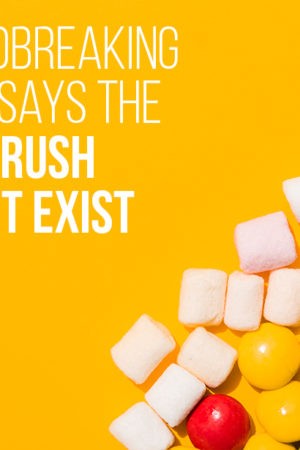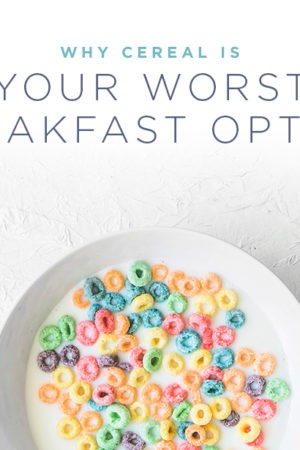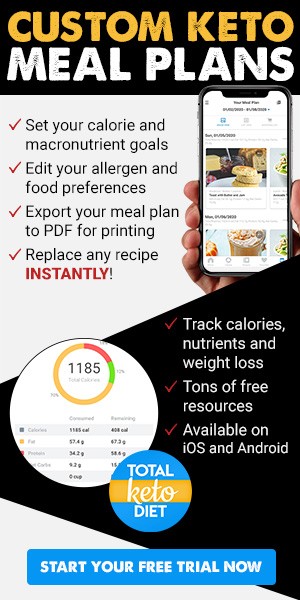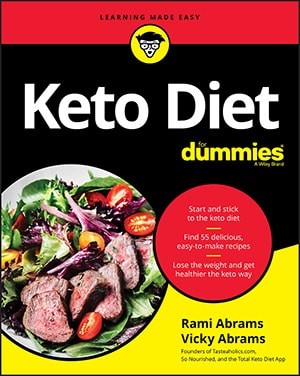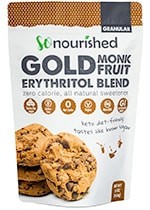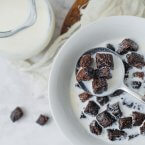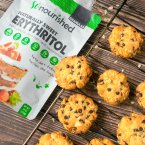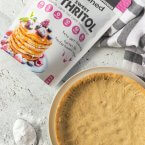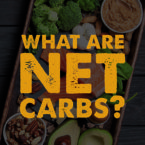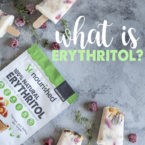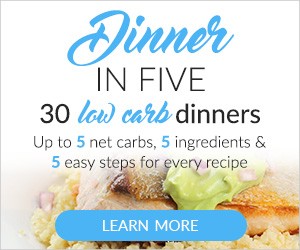It's been about 15 years since health professionals first began to discover the connection between added sugar and our country's growing problem with obesity. In this time, manufacturers and corporations alike have begun to focus their efforts on healthier options for a changing consumer market. One of the biggest market changes was the appearance of “juice bars,” restaurants centered around serving cold-pressed juices and smoothies in an attempt to appeal to a consumer market that is beginning to reject added sugar.
But how healthy is juicing really? We're taking a look at why current data suggests that juicing may not actually be the ultimate health hack.
The sugar content of smoothies
Without thinking, guess which beverage contains more sugar: a 20 oz. bottle of Classic Coke or a 21 oz. Purely Orange freshly-squeezed juice from Jamba Juice? The answer may surprise you. While the smoothie does not contain any added sugars like high fructose corn syrup, the Java Juice drink has a whopping 62 grams of sugar, comparable to the Coke's 60 grams.1 This may come as a surprise, as many consumers believe that juicing provides a healthier alternative to soft drink consumption. Unfortunately, if their picture of health involves losing weight, juicing may not be all that it's been cracked up to be. The calorie count of these juices is often also higher than their soft drink counterparts. For example, the 21 oz. Purely Orange juice contains a whopping 330 calories, about 100 calories more than a 20 oz. bottle of Coca-Cola.
The halo effect
If juices do not add sugar or high-fructose corn syrup and soft drinks do, why are they equally as detrimental to your diet? Experts say that these types of drinks often come along with a “health halo” that makes them seem better for you than they actually are. By taking advantage of buzzwords like “detox,” “cleanse,” and “raw,” juice bars are able to disguise the fact that they contain about the same amount of sugar and calories as their non-natural alternatives.
Another reason why these juices are less healthy than they appear is that they remove the pulp before blending. A fruit's pulp is a great source of fiber, which helps make whole fruit healthier than fruit juices by slowing the absorption of sugar. In addition to the halo effect and a lack of pulp, the damage that fruit juices can do to the teeth should also not be ignored.
Making healthier juices at home
Not ready to give up your juice quite yet? Making your own juices or smoothies at home can help you get the flavor that you're looking for in a healthier way. Opting for vegetable juice instead of fruit is the best way to keep your calories and sugar down. However, if you're looking for something sweet, try choosing low-sugar fruits like blueberries, strawberries, and apples to make your drink. You can also make your smoothie healthier by adding a quality source of protein to the mix, like Greek yogurt or soft tofu.
NUTRITIONAL DISCLAIMER
The content on this website should not be taken as medical advice and you should ALWAYS consult with your doctor before starting any diet or exercise program. We provide nutritional data for our recipes as a courtesy to our readers. We use Total Keto Diet app software to calculate the nutrition and we remove fiber and sugar alcohols, like erythritol, from the total carbohydrate count to get to the net carb count, as they do not affect your blood glucose levels. You should independently calculate nutritional information on your own and not rely on our data. The website or content herein is not intended to cure, prevent, diagnose or treat any disease. This website shall not be liable for adverse reactions or any other outcome resulting from the use of recipes or recommendations on the Website or actions you take as a result. Any action you take is strictly at your own risk.
- Keto Drives Increased Calorie Burn - July 11, 2019
- New High-Protein, Low-Sugar Greek Yogurt Hits Market - April 1, 2019
- Can Going Low-Carb Fight Back Fat? - December 4, 2018


